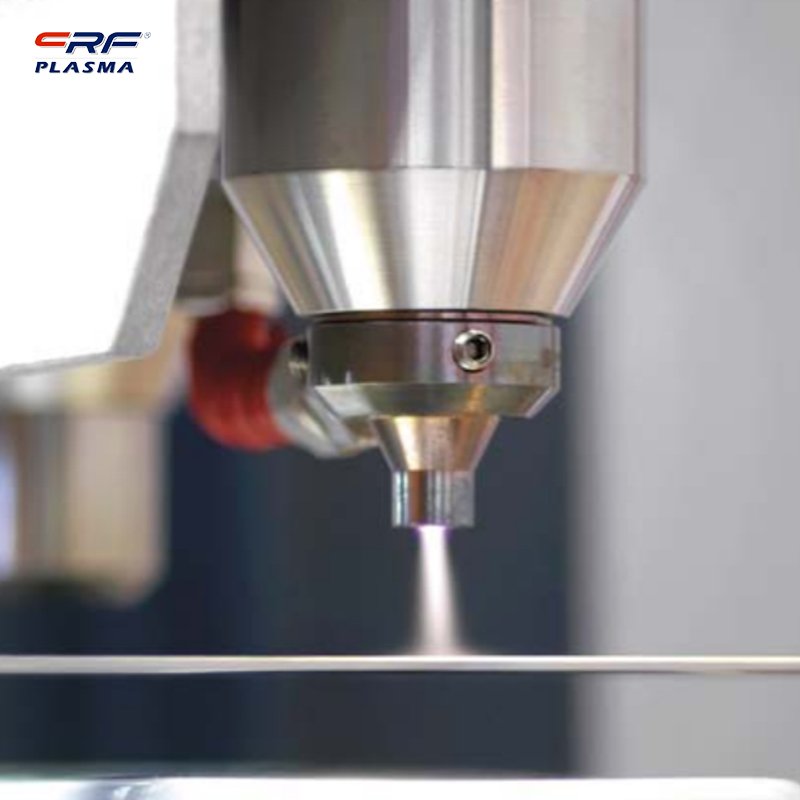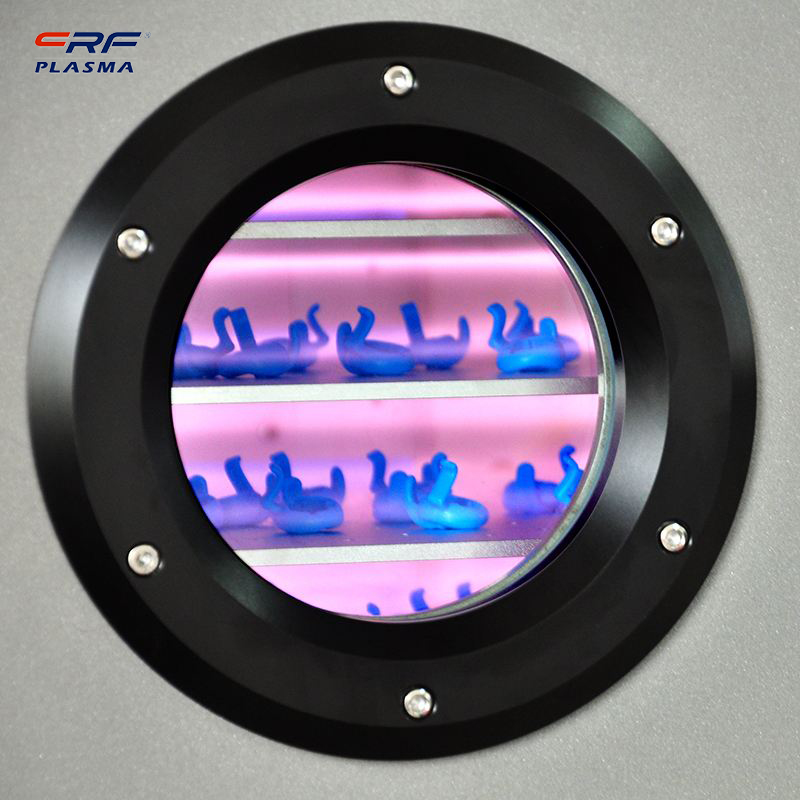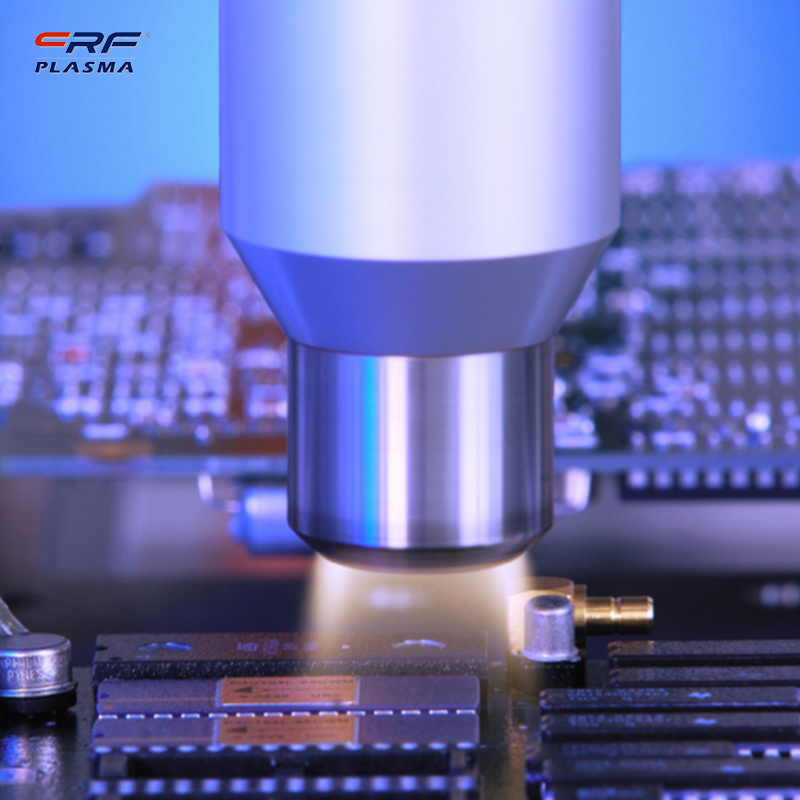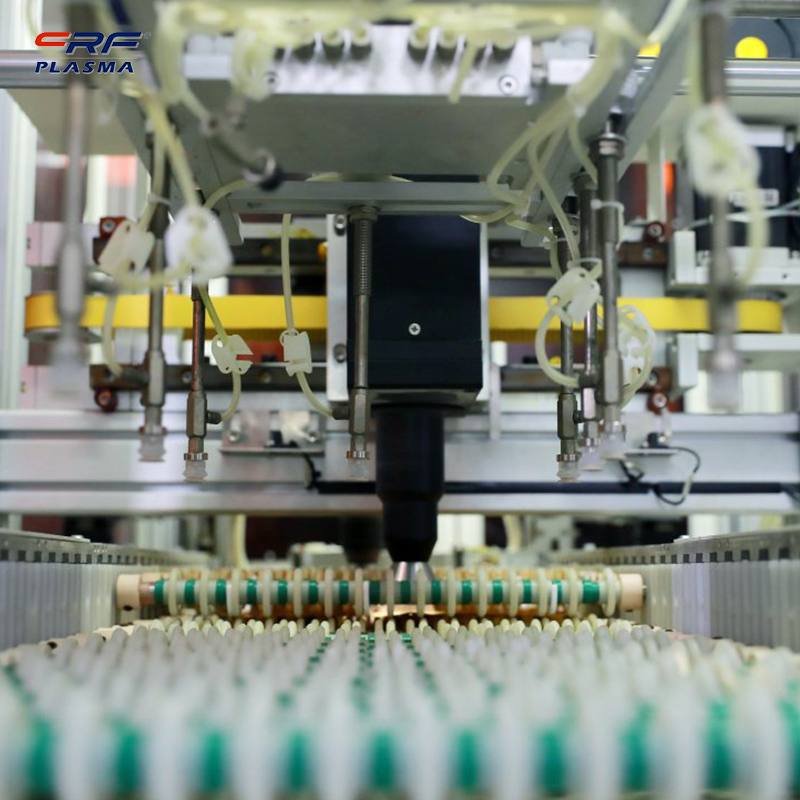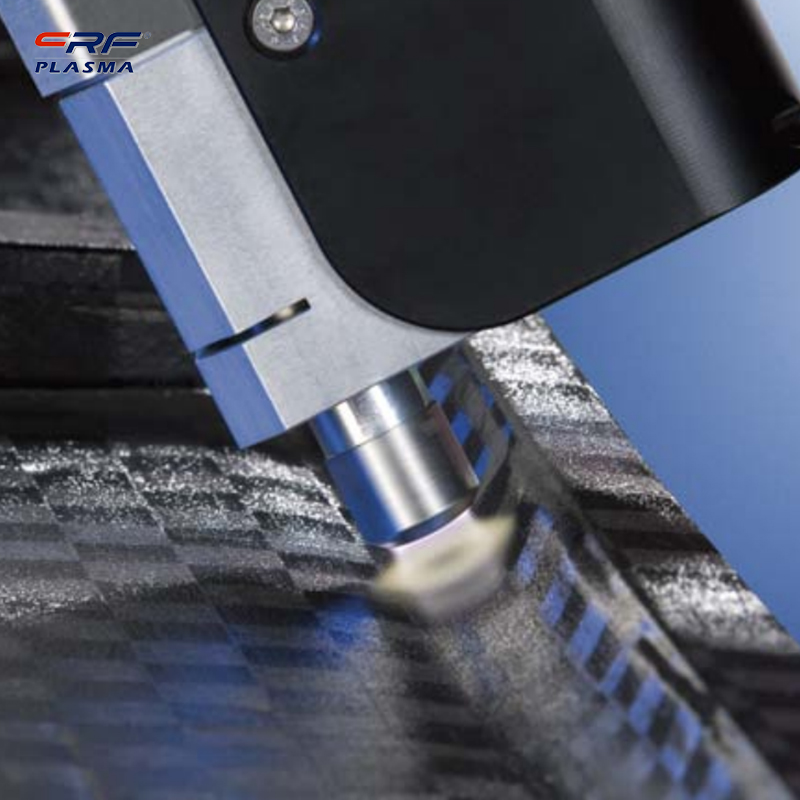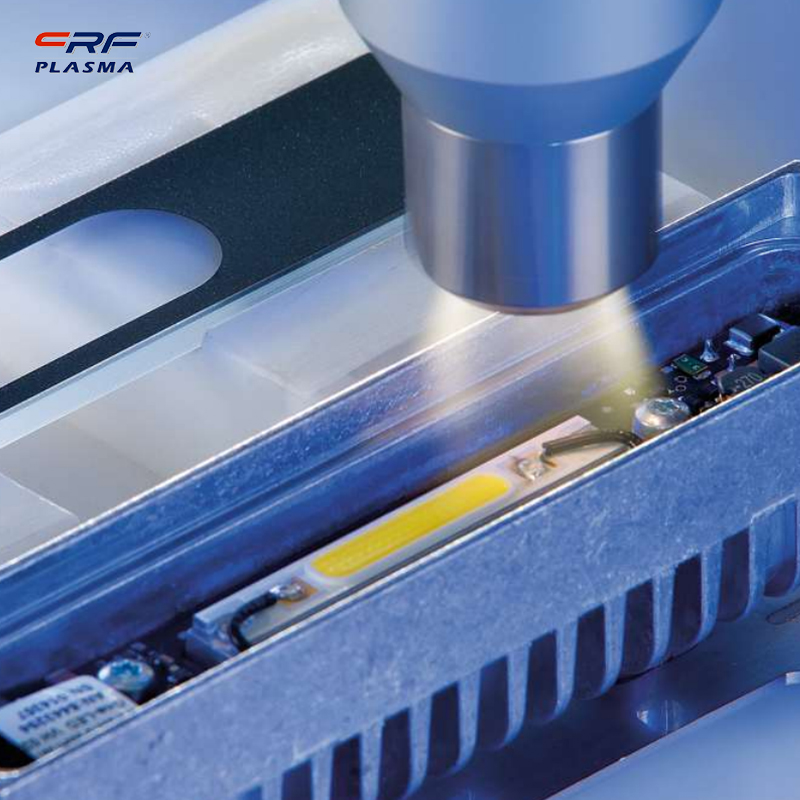
Welcome to Shenzhen Sing Fung Intelligent Manufacturing Co., Ltd.
E-mail:shaobo@sfi-crf.com
Low-temperature plasma technology to solve the use of three methods environmental engineering wastewater
- Categories:Industry News
- Author:Plasma cleaning machine-CRF plasma plasma equipment-plasma surface treatment machine manufacturer-chengfeng intelligent manufacturing
- Origin:
- Time of issue:2022-10-16
- Views:
(Summary description) The use of low-temperature plasma technology to treat environmental engineering wastewater can achieve a better treatment effect under the joint action of high-energy electron radiation, ozone oxidation, ultraviolet decomposition and other methods. High-energy electron action. Low-temperature plasma technology generates a large number of high-energy electrons in the wastewater treatment process, which convert energy into internal energy of the substrate molecules through collisions with atoms and molecules in the wastewater, and active the wastewater through several processes such as excitation, decomposition and ionization. New compounds are formed by breaking down the molecular bonds in the wastewater and reacting with active factors such as free oxygen and ozone. Finally, Z eventually converts toxic substances into non-toxic substances and degrades pollutants in the raw wastewater. Ozone oxidation. In the process of wastewater treatment, ozone acts as a strong oxidizing agent to chemically combine harmful substances and form certain intermediate products, which reduces the toxicity and harmful substances of the original sewage, and after several reflections, eventually decomposes the organic substances of the polluted substances into carbon dioxide and water. For inorganic substances, certain oxides can be formed for removal. Ultraviolet decomposition effect. Using low-temperature plasma technology, UV irradiation can decompose harmful substances alone, or jointly with ozone. Separate decomposition effect is mainly harmful molecular substances by absorbing photons into the excited state, through the absorption of energy to break the molecular bonds of molecules, and then react with the free substances in the water to generate new compounds released. Oxidation by UV light and ozone can treat difficult to degrade substances simultaneously with better effect. Refractory organic substances and pesticides can be broken down quickly.
Low-temperature plasma technology to solve the use of three methods environmental engineering wastewater
(Summary description) The use of low-temperature plasma technology to treat environmental engineering wastewater can achieve a better treatment effect under the joint action of high-energy electron radiation, ozone oxidation, ultraviolet decomposition and other methods.
High-energy electron action.
Low-temperature plasma technology generates a large number of high-energy electrons in the wastewater treatment process, which convert energy into internal energy of the substrate molecules through collisions with atoms and molecules in the wastewater, and active the wastewater through several processes such as excitation, decomposition and ionization.
New compounds are formed by breaking down the molecular bonds in the wastewater and reacting with active factors such as free oxygen and ozone. Finally, Z eventually converts toxic substances into non-toxic substances and degrades pollutants in the raw wastewater.
Ozone oxidation.
In the process of wastewater treatment, ozone acts as a strong oxidizing agent to chemically combine harmful substances and form certain intermediate products, which reduces the toxicity and harmful substances of the original sewage, and after several reflections, eventually decomposes the organic substances of the polluted substances into carbon dioxide and water. For inorganic substances, certain oxides can be formed for removal.
Ultraviolet decomposition effect.
Using low-temperature plasma technology, UV irradiation can decompose harmful substances alone, or jointly with ozone. Separate decomposition effect is mainly harmful molecular substances by absorbing photons into the excited state, through the absorption of energy to break the molecular bonds of molecules, and then react with the free substances in the water to generate new compounds released.
Oxidation by UV light and ozone can treat difficult to degrade substances simultaneously with better effect. Refractory organic substances and pesticides can be broken down quickly.
- Categories:Industry News
- Author:Plasma cleaning machine-CRF plasma plasma equipment-plasma surface treatment machine manufacturer-chengfeng intelligent manufacturing
- Origin:
- Time of issue:2022-10-16 11:34
- Views:
The use of low-temperature plasma technology to treat environmental engineering wastewater can achieve a better treatment effect under the joint action of high-energy electron radiation, ozone oxidation, ultraviolet decomposition and other methods.
High-energy electron action.
Low-temperature plasma technology generates a large number of high-energy electrons in the wastewater treatment process, which convert energy into internal energy of the substrate molecules through collisions with atoms and molecules in the wastewater, and active the wastewater through several processes such as excitation, decomposition and ionization.
New compounds are formed by breaking down the molecular bonds in the wastewater and reacting with active factors such as free oxygen and ozone. Finally, Z eventually converts toxic substances into non-toxic substances and degrades pollutants in the raw wastewater.
Ozone oxidation.
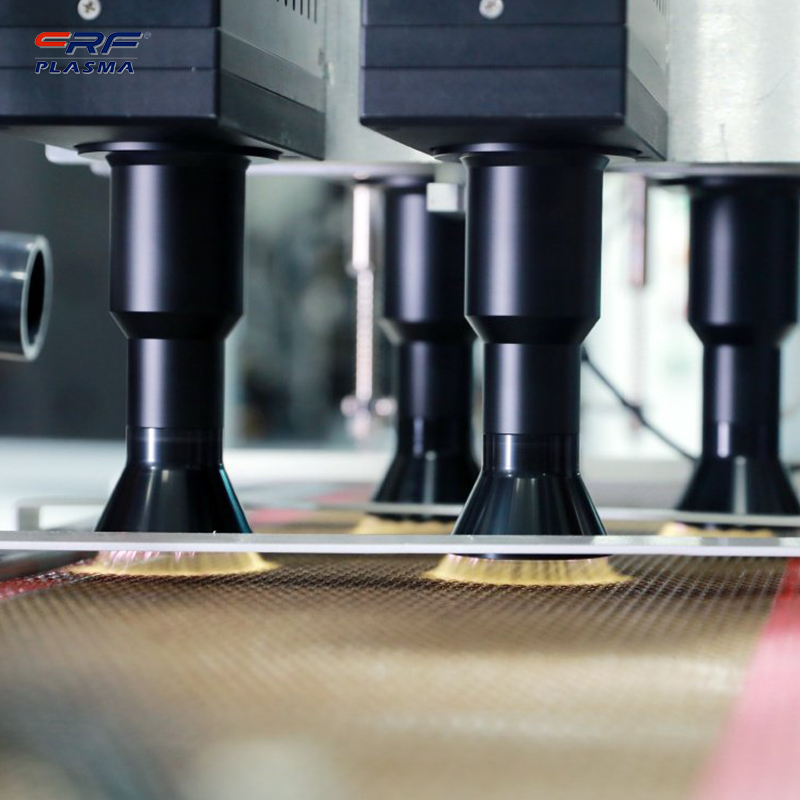 In the process of wastewater treatment, ozone acts as a strong oxidizing agent to chemically combine harmful substances and form certain intermediate products, which reduces the toxicity and harmful substances of the original sewage, and after several reflections, eventually decomposes the organic substances of the polluted substances into carbon dioxide and water. For inorganic substances, certain oxides can be formed for removal.
In the process of wastewater treatment, ozone acts as a strong oxidizing agent to chemically combine harmful substances and form certain intermediate products, which reduces the toxicity and harmful substances of the original sewage, and after several reflections, eventually decomposes the organic substances of the polluted substances into carbon dioxide and water. For inorganic substances, certain oxides can be formed for removal.
Ultraviolet decomposition effect.
Using low-temperature plasma technology, UV irradiation can decompose harmful substances alone, or jointly with ozone. Separate decomposition effect is mainly harmful molecular substances by absorbing photons into the excited state, through the absorption of energy to break the molecular bonds of molecules, and then react with the free substances in the water to generate new compounds released.
Oxidation by UV light and ozone can treat difficult to degrade substances simultaneously with better effect. Refractory organic substances and pesticides can be broken down quickly.
Scan the QR code to read on your phone

TEL:0755-3367 3020 / 0755-3367 3019

E-mail:sales-sfi@sfi-crf.com

ADD:Mabao Industrial Zone, Huangpu, Baoan District, Shenzhen





